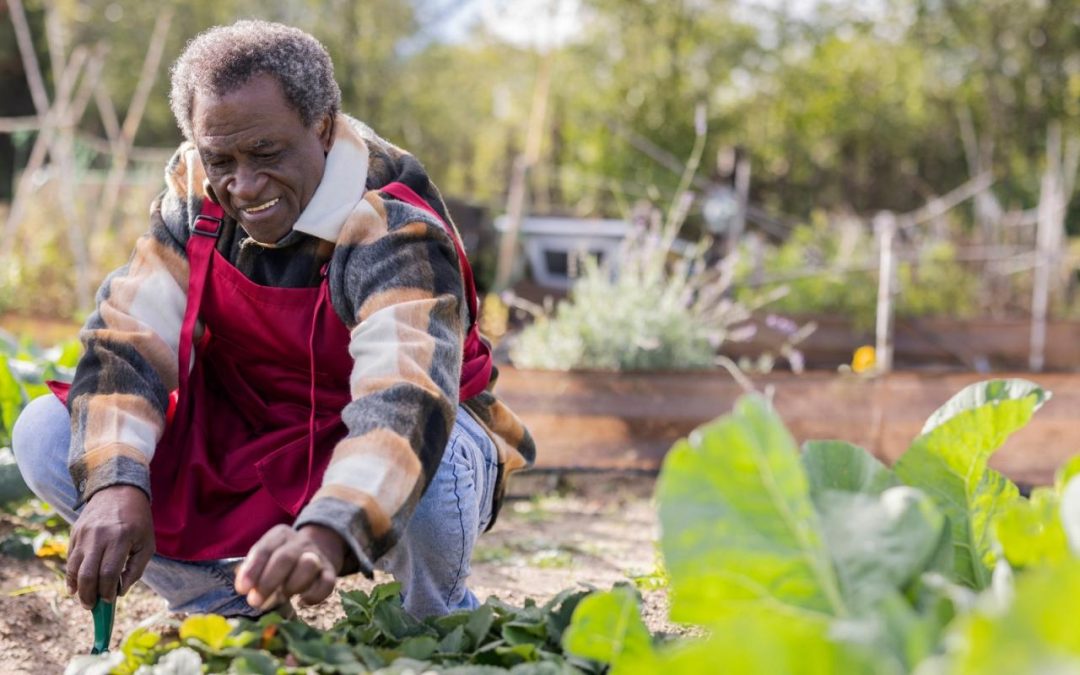Challenges are many to aging in rural America, but the National Rural Age-Friendly Initiative is making strides in solving them.

Generations Journal, vol. 49, no. 1 (Spring 2025)

Challenges are many to aging in rural America, but the National Rural Age-Friendly Initiative is making strides in solving them.

‘At the center of this framework is advancing health equity.’

What is age-friendly care and how could its grand-scale adoption improve how we treat older adults?

Tracking the evolution of the age-friendly movement in the United States.

Why universities must become extensions of their communities rather than exclusive age-segregated spaces.

The role of Dementia Friendly America and AAAs in ensuring communities across America are supportive of those with the condition.

It is critical to include people with disabilities as stakeholders in any collaborations in AFEs.

States can use MPAs to coordinate aging and disability services and supports across sectors to achieve age-friendly ecosystems.

Where do we go from here?

Age-friendly work across sectors can coalesce into a social movement through shared principles and approaches to improve society.
Generations Journal, vol. 49, no. 1 (Spring 2025)
Abstract Rural America, home to more than 20% of the older adult population, faces distinct challenges in supporting healthy aging. Despite these challenges, age-friendly initiatives have not been fully prioritized in rural communities. The National Rural Age-Friendly...
Abstract Trust for America's Health (TFAH) is leading efforts to make healthy aging a core function of the public health sector. Through TFAH's Age-Friendly Public Health Systems (AFPHS) movement, state, local, tribal, and territorial health departments are exploring...
Abstract The Age-Friendly Health Systems movement, led by The John A. Hartford Foundation and the Institute for Healthcare Improvement, in partnership with many organizations and health systems, aims to address the growth of the older adult population and the...
Abstract The global age-friendly movement, launched in 2006 by the World Health Organization, has transformed how communities address aging population needs. In the United States, the AARP Network of Age-Friendly States and Communities (NAFSC) has played a critical...
Abstract The Age-Friendly University movement aims to create inclusive educational environments promoting lifelong learning, intergenerational exchange, research, and community engagement by integrating the Ten Principles of an Age-Friendly University. Institutions...
Abstract Home- and community-based services and supports for people living with dementia are a critical component of age-friendly ecosystems. Dementia Friendly America (DFA) provides a framework to align best practices across age-friendly and dementia-friendly...
Abstract The success of Age-Friendly Ecosystems depends upon the participation and buy-in of sectors and stakeholders that serve and affect older adults. The disability community is a critical partner that largely has not, to date, been included in age-friendly...
Abstract With increased uncertainty around federally funded programs, it is more important than ever for states to take the lead in ensuring that services and supports for their older populations are coordinated and efficient. To this end, more than half of U.S....
The Age-Friendly Ecosystem is a multi-sectoral framework that prioritizes improved quality of life for older adults through collaborative impact. Actively engaged sectors include healthcare systems, public health departments, the aging services sector, academia,...
Abstract Age-friendly initiatives dispersed across sectors have the potential to coalesce into a broader movement. This article describes the concept of social movements and its relevance for bringing together efforts as part of an age-friendly ecosystem (AFE). It...
Abstract This article examines how cross-sector collaborations and leadership can be leveraged to advance age-friendly initiatives, with a particular focus on the role of co-production and the involvement of older adults. It first reviews examples of age-friendly...
Abstract Over the past 4 years, a partnership between the Mississippi State Department of Health (MSDH), the Mississippi Public Health Association (MPHA), and AARP Mississippi has been systematically and intentionally building an age-friendly ecosystem for...
Abstract Washington State's Department of Health was selected in 2020 to join a Trust for America's Health expansion opportunity as part of its Age-Friendly Public Health Systems initiative that would include tribal public health departments, local health...
Abstract Older age can be the best of times, marked by health and happiness, or the worst of times, marred by disease and distress. Late-life health disparities do not emerge suddenly on one's 65th birthday; they can result from cumulative processes that span decades....
Abstract The Age-Friendly Ecosystem (AFE) movement has gained global momentum, reflecting the demographic shift toward an older population. This article describes the movement's historical development and examines key components of an AFE and the critical importance...
Abstract The Age-Friendly Workplace initiative has gained significant traction in recent years as organizations adapt to shifting demographic trends and increasingly acknowledge the business and social importance of fostering inclusive and welcoming environments for...
Suggested citation for articles in this issue: [Last Name(s), First Name(s)]. “Article Title.” Generations Journal, vol. [#], no. [#] [season and year (ex. Fall 2024)]. [URL]
Generations Journal is the quarterly journal of the American Society on Aging. Each issue is devoted to bringing together the most useful and current knowledge about a specific topic in the field of aging, with emphasis on practice, research, and policy.